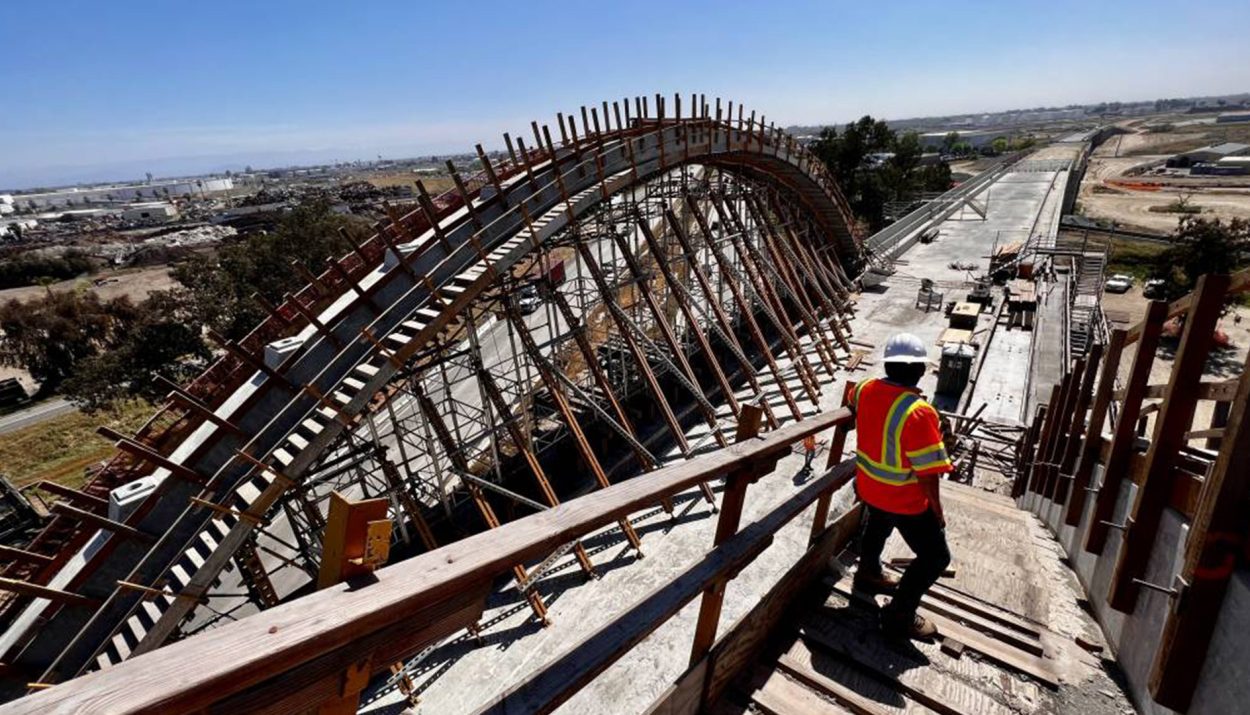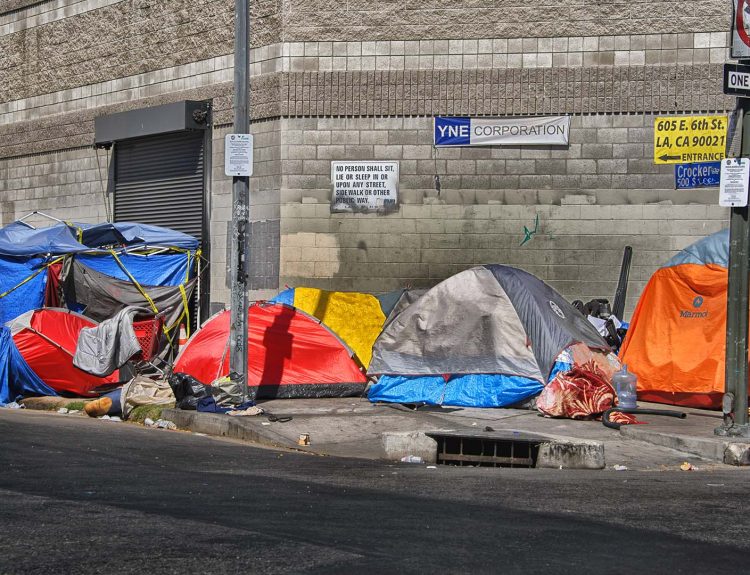It’s no surprise that the US needs better infrastructure. During the pandemic and immediately after, the country’s infrastructure deteriorated significantly. The Biden administration introduced new laws that would pump money into infrastructure projects. Let’s take a look at what this could mean for communities across America.
Infrastructure Needs Constant Maintenance
Infrastructure, such as roads, bridges, and retaining walls, needs constant maintenance to keep performing their functions. That means maintenance funding is always required for these projects.
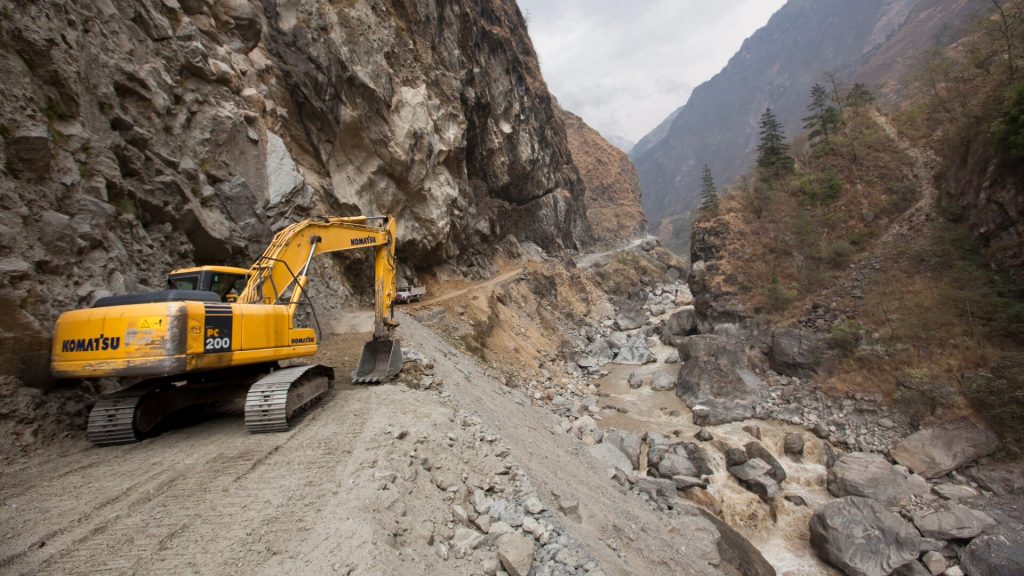
Some engineers estimate that to maintain infrastructure throughout the US in the next decade, at least $2.6 trillion will be needed. The current state of the infrastructure is dismal.
Failing Grade for Infrastructure In the US
The American Society of Civil Engineers inspected the infrastructure throughout the US and gave it a C- rating in 2021. The Biden administration intends to address this shortfall with funding.

Joe Biden has signed into law three bills that would aid these infrastructural maintenance projects – the Infrastructure Investment and Jobs Act of 2021, the Inflation Reduction Act of 2022, and the CHIPS and Science Act of 2022.
Repair and Maintenance At The Top of the List of Priorities
The funding from the Biden administration prioritizes repairs and infrastructure. The current state of infrastructure needs to be addressed before further development and expansion can happen.
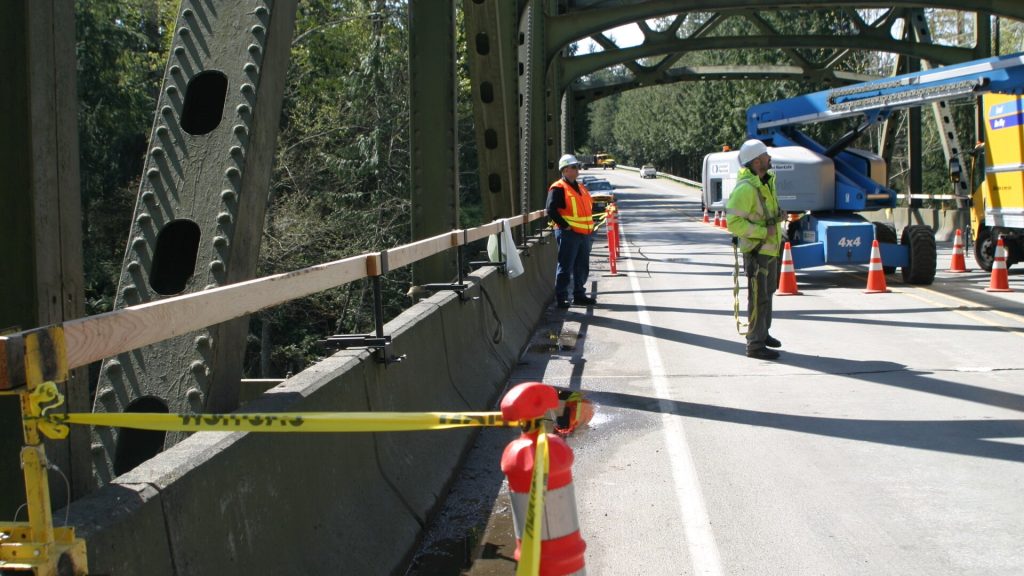
Other areas of infrastructural development the administration is focusing on include energy, water, and broadband internet expansion to different parts of the country.
Strained By Climate Change and Population Growth
Weather and climate problems have severely impacted the country’s current state of infrastructure. Thanks to hotter summers and warmer winters, infrastructure is breaking down.

Population growth has also put a strain on infrastructure. Roads that were never designed to handle more than a certain number of cars are being used by far more citizens than intended.
An Era of Repair and Replacement
Joseph Kane, a fellow at the Brookings Institution, which specializes in infrastructure, states that this period of government’s infrastructural work is an era of repair and replacement.
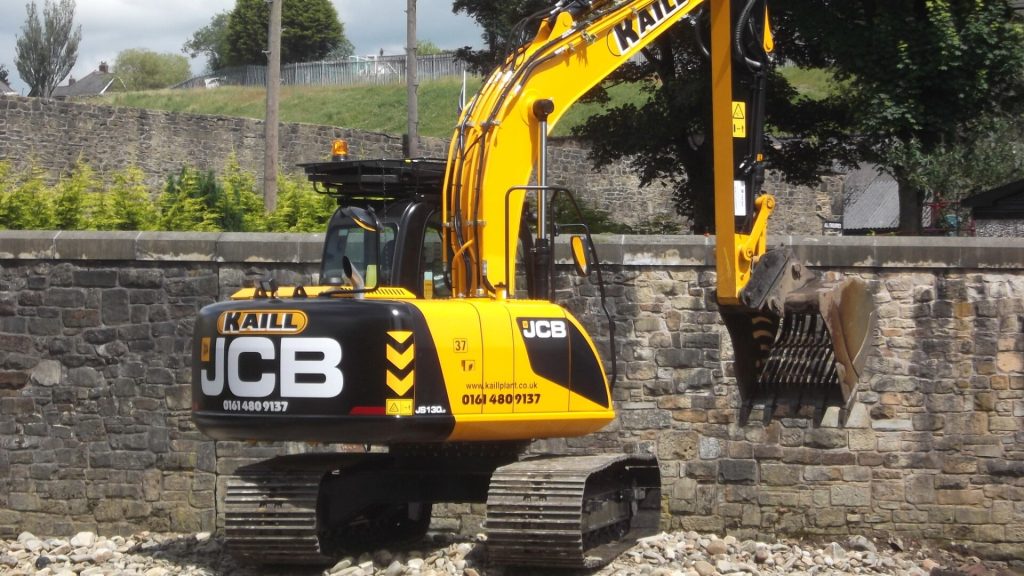
While there is a need for new facilities, most of the current facilities that are already being used need to be maintained. Infrastructure in many places is being worn down rapidly.
Underutilized Resources Also Come Into Play
Despite a lot of overused infrastructure, there is also a large amount of underutilized resources. Underused highway and water systems in rural areas are an excellent example.

Building excess infrastructure like this seems like a good plan politically, but maintenance costs are rarely considered. The US has built far more infrastructure than it can afford to maintain.
No Plan for Maintenance Included in Developmental Discussions
Infrastructural improvements benefit many citizens, but rarely are there any concerns about how that infrastructure will be maintained and upgraded to meet user needs.
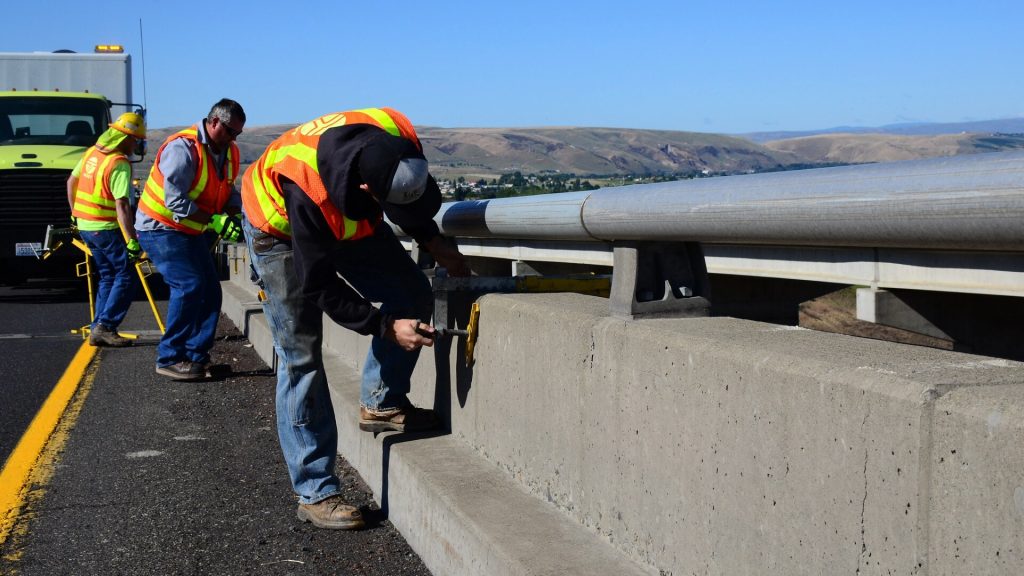
While maintenance teams in public works departments could handle maintenance tasks, these public institutions have only so much manpower and funding for the vast amount of infrastructure they’re required to manage.
Increasing Housing Density Could Help
Underutilized infrastructure could be repurposed into something more people use by placing housing districts closer to the infrastructure. New home construction nearer to existing underutilized infrastructure could help make it more viable.
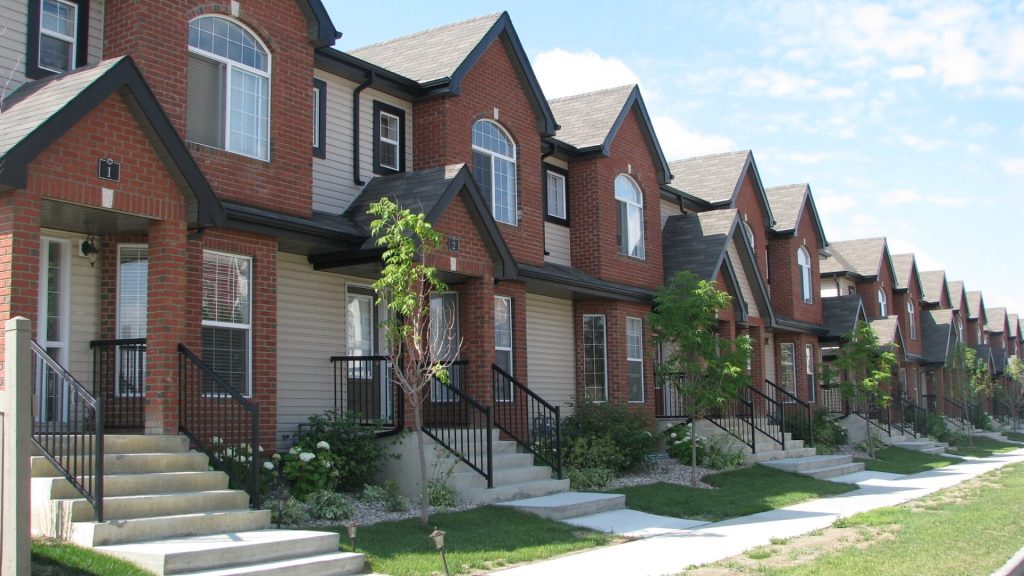
Unfortunately, just throwing money at the problem isn’t likely to fix it. As with most governmental solutions, there are unintended consequences, such as lack of employment in an area.
A Rare Opportunity To Get Ahead
The Biden administration’s funding for infrastructural development allows the US a rare opportunity to get ahead of its problem and rethink how it builds infrastructure.

Road redesigns to accommodate citizens better and increase mass transit coverage to a broader catchment area all feed into this plan. It won’t be cheap, but it’ll be worth it in the long run.
Keeping An Eye On The Projects
Major construction projects will be needed to ensure that the redesign works as intended. However, these projects have a huge millstone around their necks.
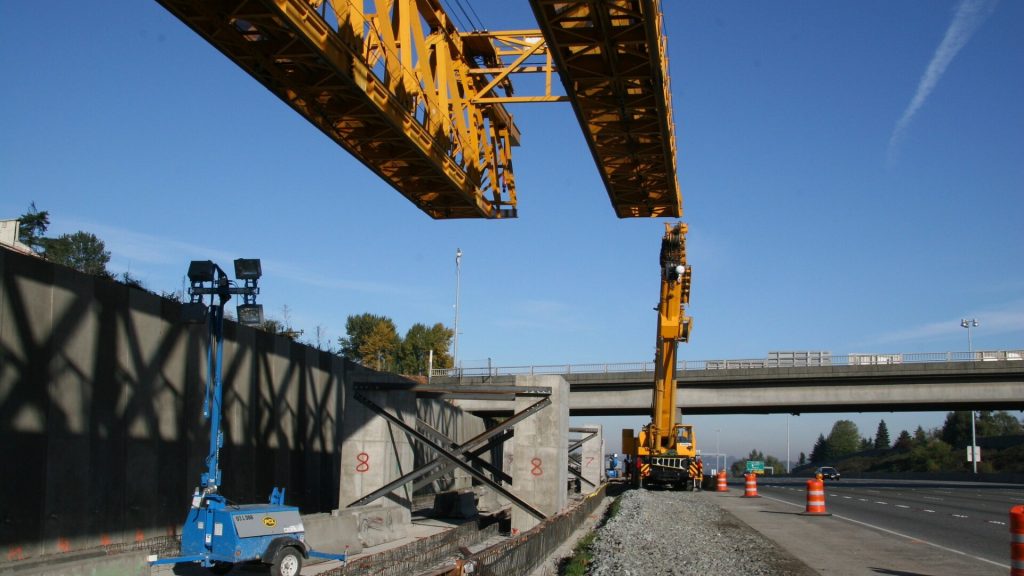
Almost all these significant projects, such as power grid expansion or building new bridges and highways, tend to go over budget and are often delayed because of several factors.
An Imbalance In Needs And Services
One of the most challenging disconnects to deal with is that of what Congress wants and what a local community needs. Funding for infrastructure projects usually goes to the ones that Congress prefers to see happen.

Local communities suffer as a result. Federal funding is given to major projects that might not aid a local community or solve a problem. Instead, it’s given to projects that look great on TV.
The Federal Government Isn’t to Blame
Why is it hard for the government to offer funding for smaller projects? It just isn’t feasible to fund projects below a specific size. The federal government isn’t willing to invest less than half a million dollars.

The catch is that most of the infrastructural projects needed are smaller. On average, these projects only cost between $5,000 and $20,000, which is much too small for a federal budget grant.
Wasted Resources Chasing Federal Cash
Cities chase federal cash by writing sweeping requests covering several areas and projects. Ideally, $100,000 in federal money should be spent on five small community projects.

Unfortunately, the federal government isn’t interested in funding five small projects. So, grant writers are forced to undertake larger, more sweeping projects to justify their requests for funding.
Federal Funding Could Connect Americans Digitally and Physically
This funding for new infrastructure is a change in how governments address infrastructure. It’s a fresh look at what exists and offers financing to ensure that Americans remain connected to each other, both physically and digitally. Expansion of the nationwide broadband network, alongside new highways and bridges, helps to achieve this dream.

However, the big problem that the US currently faces is its deteriorating existing infrastructure. Hopefully, these funding bills show the government taking infrastructural degradation seriously. The worst issues happen when core infrastructure is ignored. Having a well-defended country only counts when you have something worth defending.

